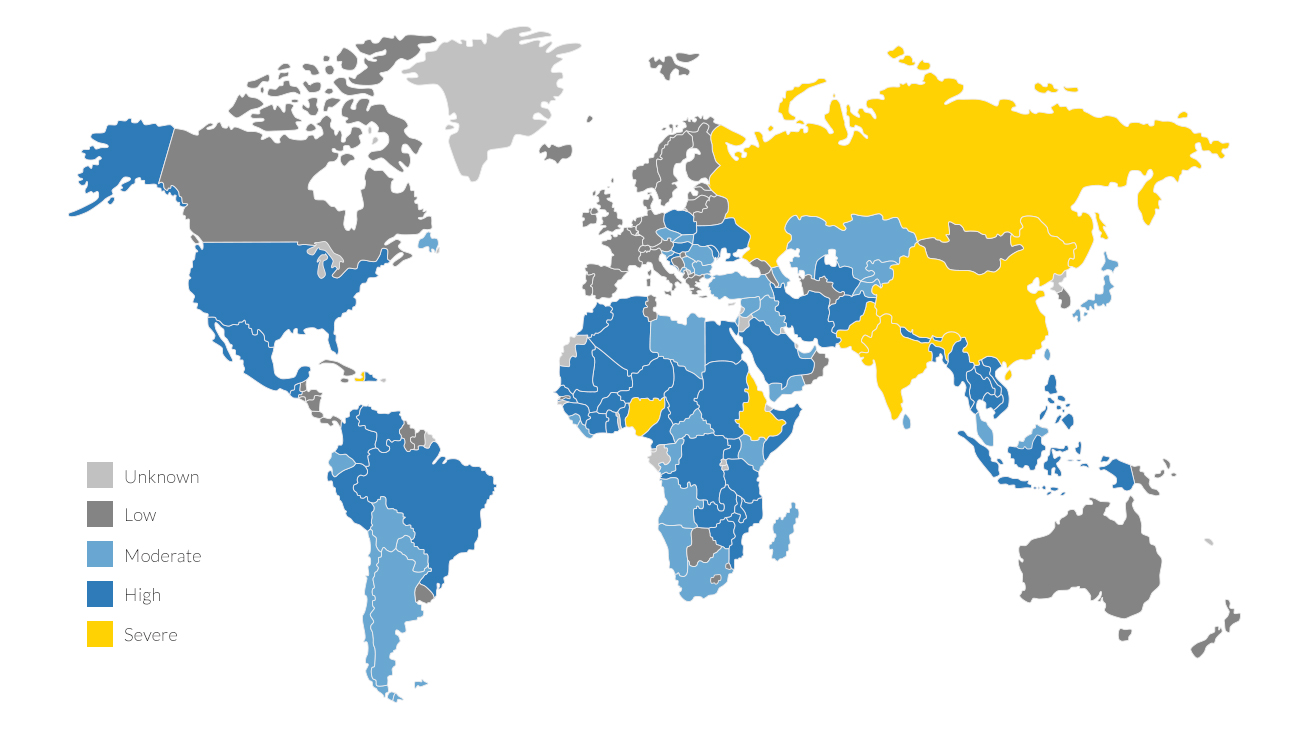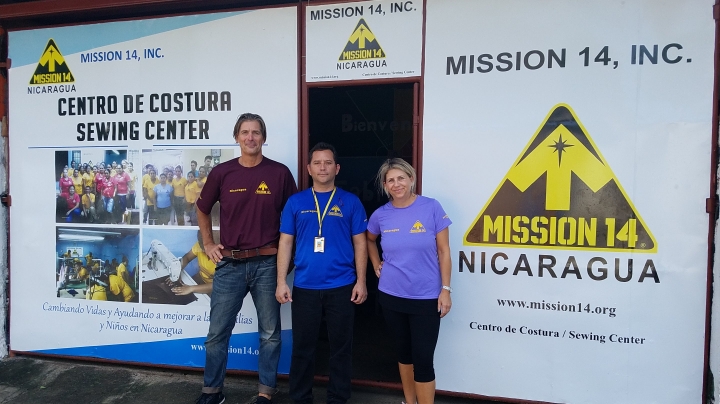Human trafficking plagues the United States and foreign countries alike. Currently, Mission 14® is working alongside brave non-profits who have established best practices to help combat human trafficking, and the variety of arenas causing and affecting the trafficking system, such as economic deterrence, victim rescue and aftercare, education, public policy, and sustainable employment for adults. We are also expanding our partnerships, particularly in the countries where our adventures take place.
The Statistics Are Alarming
Reliable statistics related to human trafficking are difficult to find. Human trafficking is a clandestine crime and few victims and survivors come forward for fear of retaliation, shame, or lack of understanding of what is happening to them. Numbers are not always the story.* *U.S. Department of State Trafficking in Persons Report 2014
"The fact that slavery—in the form of human trafficking—still exists in the 21st century shames us all. Governments, international organizations and civil society are devoting considerable efforts to counter it, but there is still an information deficit about the extent of this tragedy. Only by understanding its depth, breadth and scope can we design policies to fight it."* *United Nations Office on Drugs and Crime Executive Director Antonio Maria Costa
Trafficking happens when individuals are recruited, enticed, harbored, transported, provided, obtained, or maintained to perform a commercial sex act. Sex trafficking has devastating consequences for minors, including long-lasting physical and psychological trauma, disease (including HIV/AIDS), drug addiction, unwanted pregnancy, malnutrition, social ostracism, and even death.* *U.S. Department of State Trafficking in Persons Report 2014
Trafficking involves transporting people away from the communities in which they live and forcing them to work against their will using
The most vulnerable victims are women and children. Children in particular are sold, bonded, trafficked, subjected to commercial sexual exploitation, recruited into armed conflicts and forced to work as domestic workers.* *Antislavery.org
Human traffickers prey on people who are poor, isolated and weak. Issues such as disempowerment, social exclusion and economic vulnerability are the result of policies and practices that marginalize entire groups of people and make them particularly vulnerable to being trafficked.* *United Nations Office on Drugs and Crime (UNODC)
Each year, as many as 100,000–300,000 American children are at risk of being trafficked for commercial sex in the United States.* *U.S. Department of Justice
The average age a girl enters the commercial sex trade is 12-14 years old. For boys, it’s even younger—just 11–13 years old.* *National Center for Missing and Exploited Children
National Center for Missing & Exploited Children estimates that there are 100,000 youths under the age of 18 in the commercial sex trade in the U.S. In 2012, 1 out of 8 endangered runaways reported were likely child sex trafficking victims.
Human trafficking is tied with illegal arms industry as the second largest international criminal industry. It is the fastest growing criminal industry in the world.* *U.S. Department of Health and Human Services, Factsheet: Human Trafficking
In May 2014, the International Labour Organization released a groundbreaking report estimating that the sex trafficking industry generates a staggering $99 billion in profits per year for the private global economy.
A Global Epidemic




